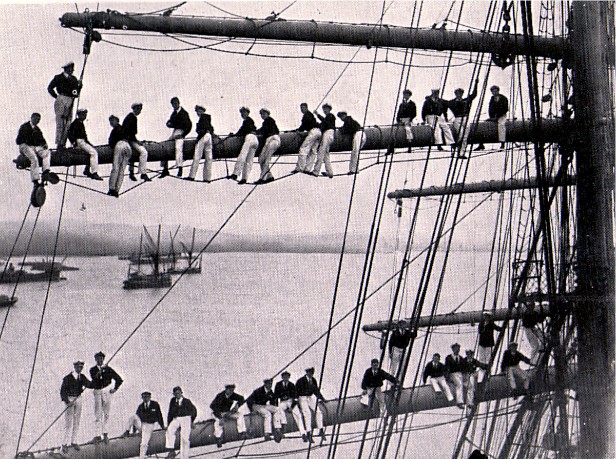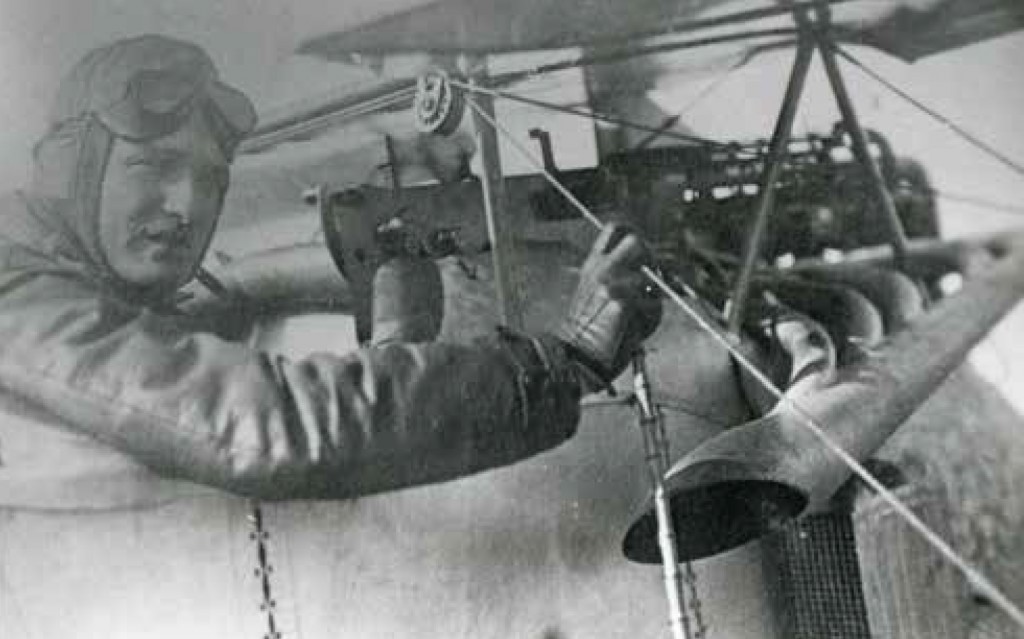Michael Edward Gonne
Michael Edward Gonne was born in 1898 and came to Westminster School, initially as a member of Homeboarders’ House in January 1912. Later that year The Elizabethan recorded that Michael had ‘made a trial of Rigaud’s last term and evidently liked it so much that he has come again’. He eventually settled in that house.
We do not know what he did immediately after leaving the school in Easter 1914, but in 1916 he attended the Royal Military College, Sandhurst and took a commission as a 2nd Lieutenant in the 3rd Battalion of the Royal Fusiliers (City of London Regiment) as soon as he turned 18. He was immediately attached to the Royal Flying Corps and in March 1917 travelled to Egypt, presumably to train. In May he was appointed a Flying Office and was sent to France in June.
Gonne was assigned to No. 54 Squadron, and flew Sopwith Pup no. A6215 to victory on 25th September and 18th October 1917, destroying Albatros D.IIIs on both occasions. His third victory came on 5th January 1918, driving down an enemy aircraft ‘out of control’. On 9th January Gonne was appointed a flight commander with the acting rank of captain. His fourth and fifth victories both came on 25th January, driving down a Albatros D.V, and sending a Rumpler C down in flames. His final tally was three enemy aircraft destroyed, two driven down out of control. He was awarded the Military Cross:
‘For conspicuous gallantry and devotion to duty. He is a daring and skilful leader of patrols, and has led his flight throughout a large amount of fighting, often against superior numbers, far over the enemy’s lines.’
In February 1918 he was injured whilst testing a machine. He was invalided back to England, where, on resuming duty, he acted as a gunnery instructor. He was able to rejoin his old squadron on the western front on 7th August 1918 and on the following day volunteered for a flight. He never returned and was last seen on the 8th August 1918, at the height of 2,000 feet over the Somme crossings at Brie, and is said to have died in the German Field Hospital at Villers-Carbonnel.


